The Japanese Rituals : A Guide for Lucky Charms & Modern Lifestyle

Around the world, there are many unique traditional lucky charms sacred to our hearts. There’s no proof or evidence of the talismans’ power, but we appreciate those things that protect us and bring happiness. The cultural symbols enchant us and are always picked up as souvenirs when we travel to Japan. Many Japanese lucky charms were created during the Edo period(1603-1868). They are still in production and made by hand. It is always nice to have your favorite lucky charm as we are living through very uncertain times.
Featured images above, from Left to right, Miharukoma (horses), store name Deco yashiki daikokuya, Fukushima prefecture. Shishi-odori (The lion dance), Odajima mingeikan, Iwate prefecture.
The art of wood: Otakapopo, Yamagata Prefecture
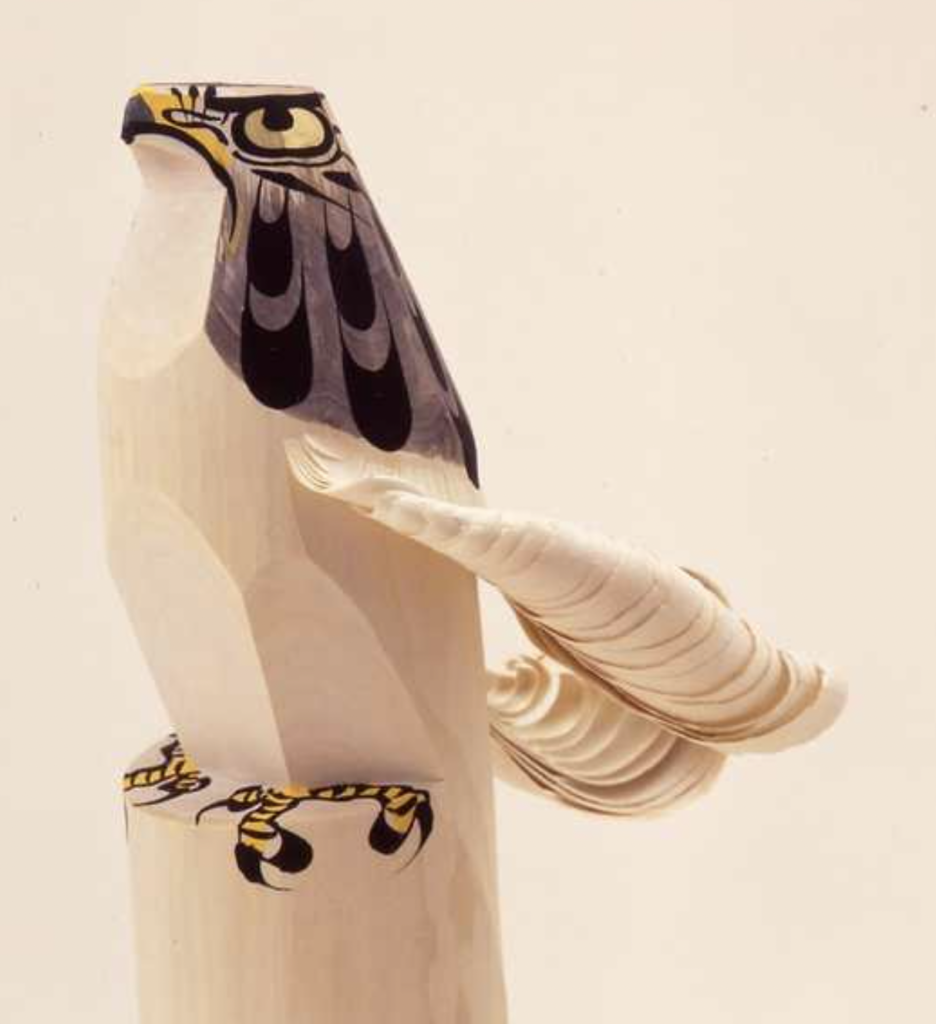
The wooden hawk is a popular Japanese symbol of good luck, originally made to ward off evil and increase one’s fortune. It is considered a spiritual craft toy that has been handmade by the farmers of Yonezawa City in Yamagata Prefecture for over a thousand years.
In the Edo period, Lord Yozan Uesugi(上杉鷹山) of the Yonezawa clan believed the hawk was the symbol of strength. His name is also incorporated in the word hawk(鷹) in Kanji, which is one of the three scripts used in the Japanese language. He used the symbol to gain greater influence and encouraged people to display the hawk as a charm against evil. It was also used as a political symbol while it promoted the production of handicrafts as a side job for farmers during the dormant winter months.
A Unique Amulet: Somin Shōrai, Hanno City, Saitama prefecture

These charms, pictured above, are small wooden pillars carved into hexagonal or octagonal shapes. These Zen-ish decorations are usually placed at the entrance of a house to pray for safety and good health. They have been sold by temples and shrines all over Japan since ancient times. A legendary story in a book written in the Nara period (710-794) says that if you wear the charm, you will be spared from the plague.
This ancient folk belief is based on a man, Somin Shorai. One day, this poor but benevolent man kindly allowed a tourist to stay overnight in his house. This guest happened to be a famous god, named Susanoo. Somin did not know his guest was a god. What seemed to be a thankful gesture, Susanoo ended up teaching Somin how to make the charm as a gift. Later, when a natural disaster hit the country, only Somin’s family was able to survive. The various local good-luck charms tickle the traditional toy collector’s fancy because each region possesses unique designs and shapes as well as original stories.
For Business Fortune: Lucky Cats, Sumiyoshi taisha shrine, Osaka prefecture
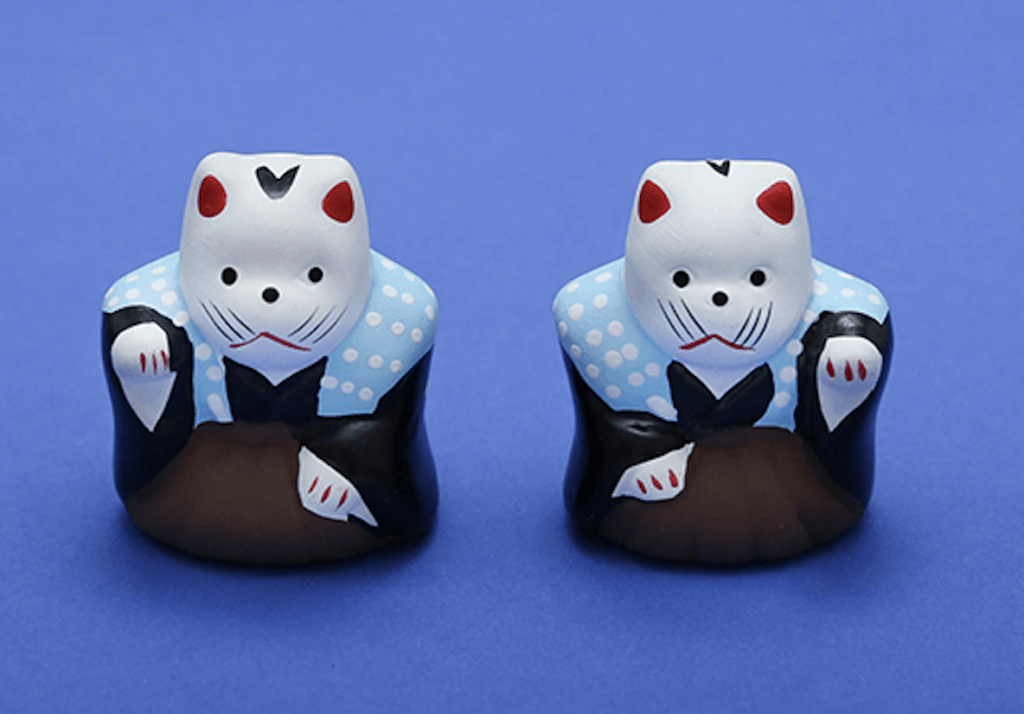
These two cat figurines shown above are called Shoufuku Neko. They are typically given at the Nankun-sha, a structure in the famous Sumiyoshi Taisha shrine. This shrine is the most renowned of all of the 2,300 Sumiyoshi shrines throughout the country.
As a ritual of future prosperity, worshippers pay visits to this particular shrine to pray. They receive a miniature cat figurine each monthly visit. They pray for business development and love & peace. After approximately two years worth of prayer visits, the worshipper eventually collects 48 miniature cats. These miniature figurines are then all offered back to the shrine, and are exchanged for one large cat charm. On odd-numbered months, a left paw-raised miniature cat is given to the worshipper and on even-numbered months, a right paw raised one is provided as the hope of fortune.
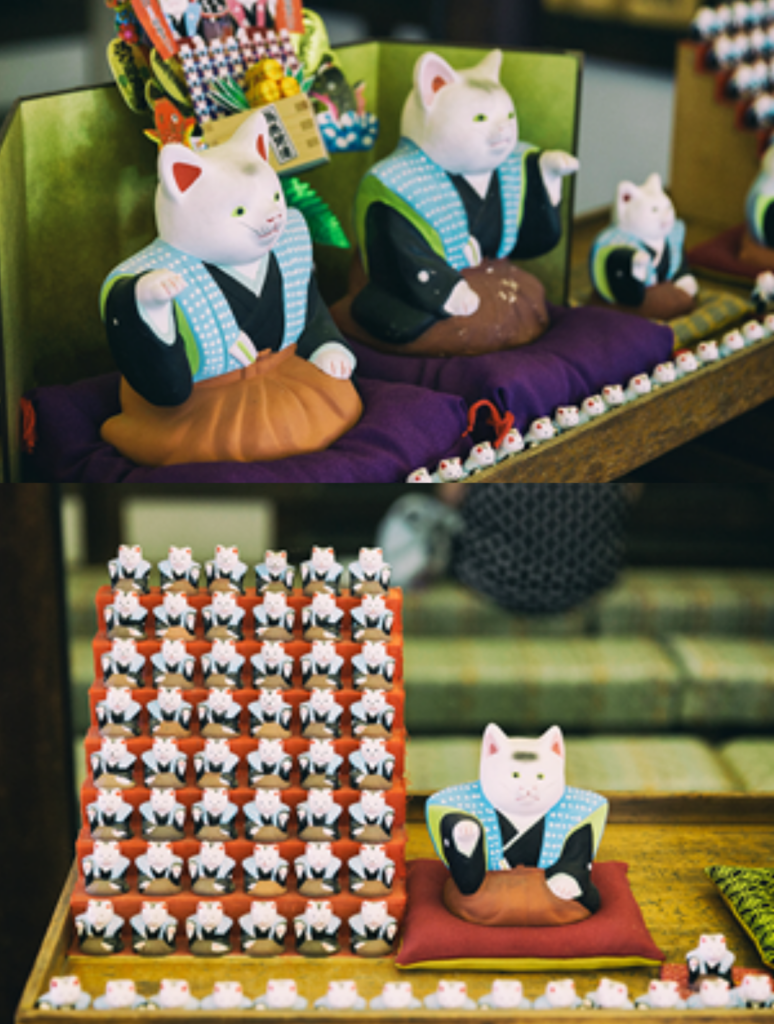
Osaka was called the kitchen of the nation in the Edo period, as various products from all over the country were traded here through land and sea routes. The Sumiyoshi taisha shrine, located in this merchant town, is visited by many people from far distances to develop their business. Since this shrine is located in a city known as the merchant’s capital, many people come from all over to pray for the development of their business.
Keep Babies Safe & Sound: Hatobue, Oita prefecture
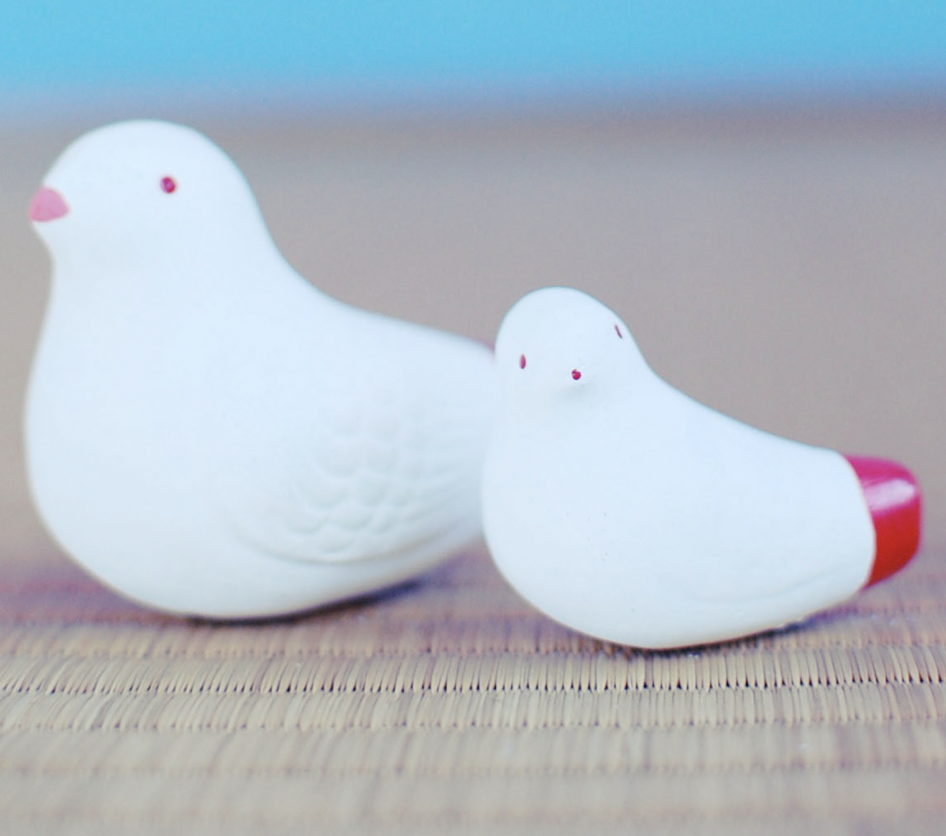
The white dove whistle, which is called Hatobue, was considered a lucky charm which is said to prevent children from choking. These flutes are handmade by Toyosendo, a small artisanal workshop, which makes a variety of clay bell dolls based on Oita Prefecture’s local toys. All of them are carefully handcrafted one by one by artisans at their studio. These were inspired by an ancient belief long ago that convulsions and stomach aches in children were caused by three “pests” that lived inside the body, and could be cured by licking a piece of earth/mud. The image of a pigeon pecking at these pests/insects is connected to the origin of the pigeon flute and is a local favorite toy everywhere.
It Eliminates Children’s Bad Luck: Ryukyu Hariko, Okinawa prefecture
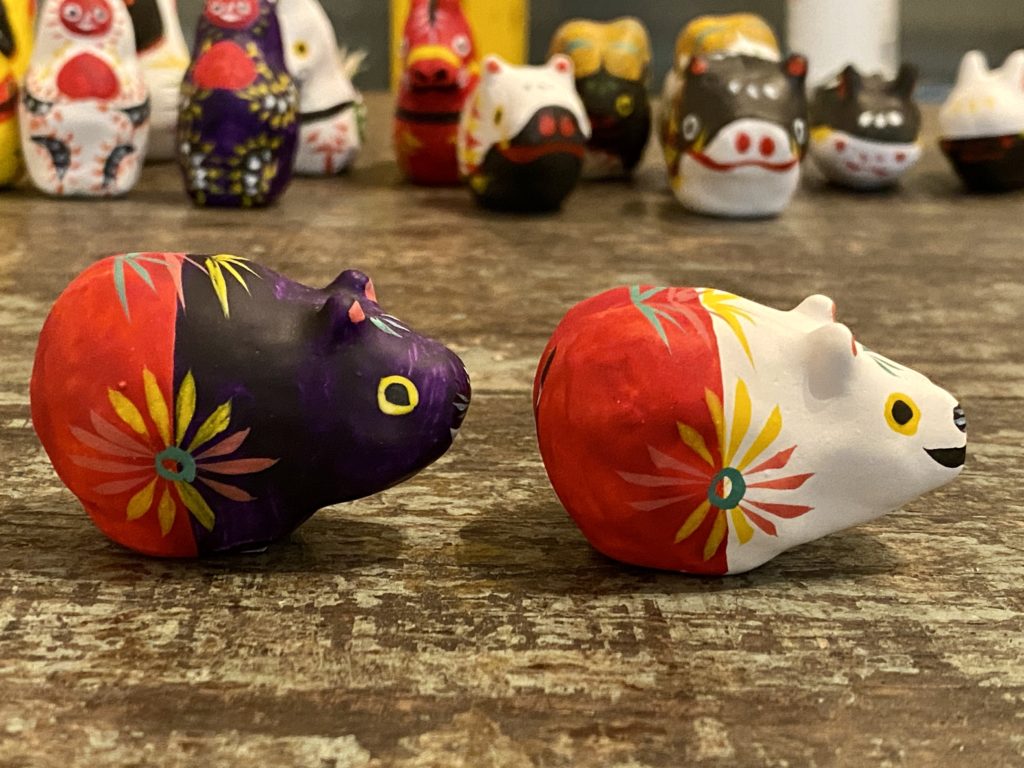
Okinawa was part of the independent Ryukyu Kingdom from 1429 to 1879. Being a part of Japan for 140 years, it is not surprising that Okinawans have their own customs that differ from those of northern Japan.
Before World War II, the fourth of May on the lunar calendar was called Yukkanuhi, which means Children’s Day in Okinawa. On that cerebration day, special toy markets are set up all over the island. Parents buy toys for their children, which is in conjunction with praying for the healthy growth and success in life for them. Some locals believe that buying toys for their children to make kids happy which will also ward off evil. Currently, a small number of craftsmen carry on the tradition and the spirit of the craft.
Match-making Deity: Shinobi-koma, Hanamaki, Iwate prefecture
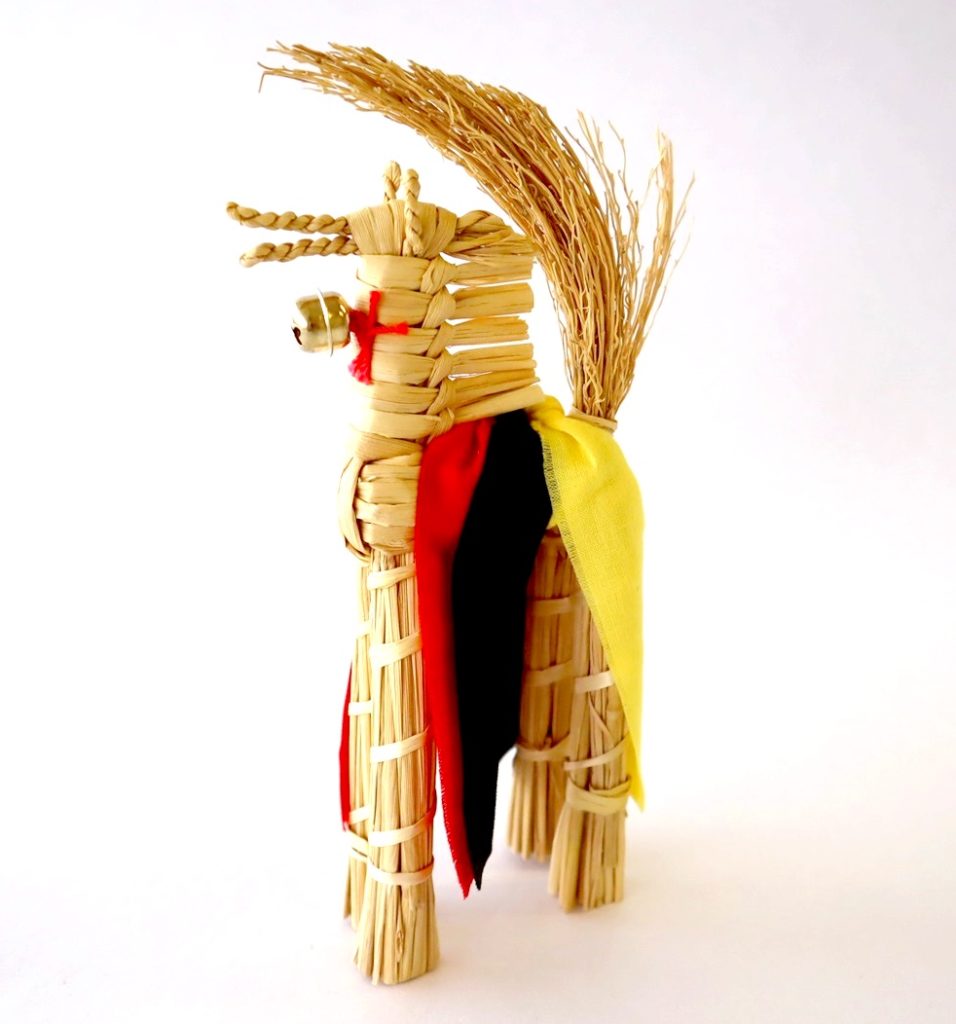
In Hanamaki, there was a traditional custom of offering simplistic horse dolls made of rice straw to the Bodhisattva in a local temple. It is intended as a lucky charm to hope for a good marriage. At night, the villagers would hide in the shadows and offer a straw horse at the temple. When their wishes came true, they would take the doll back home, decorate it with colorful cloths and put a bell on the charm. They would then offer the same horse again as a thank you to god.
There is another unique and romantic folktale of this particular toy… A young man put straw shoes on his horse’s hooves to muffle the sound of the horse’s footsteps. He silently rode his horse to his loved one’s home to visit her secretly. Both of these stories make this charm more enchanting, which is given to the person you love in a hidden and secretive way. Shinobi is defined as doing things in secret or unobtrusive, and Koma means piece in Japanese which are why the name Shinobi-koma was given to the toy.
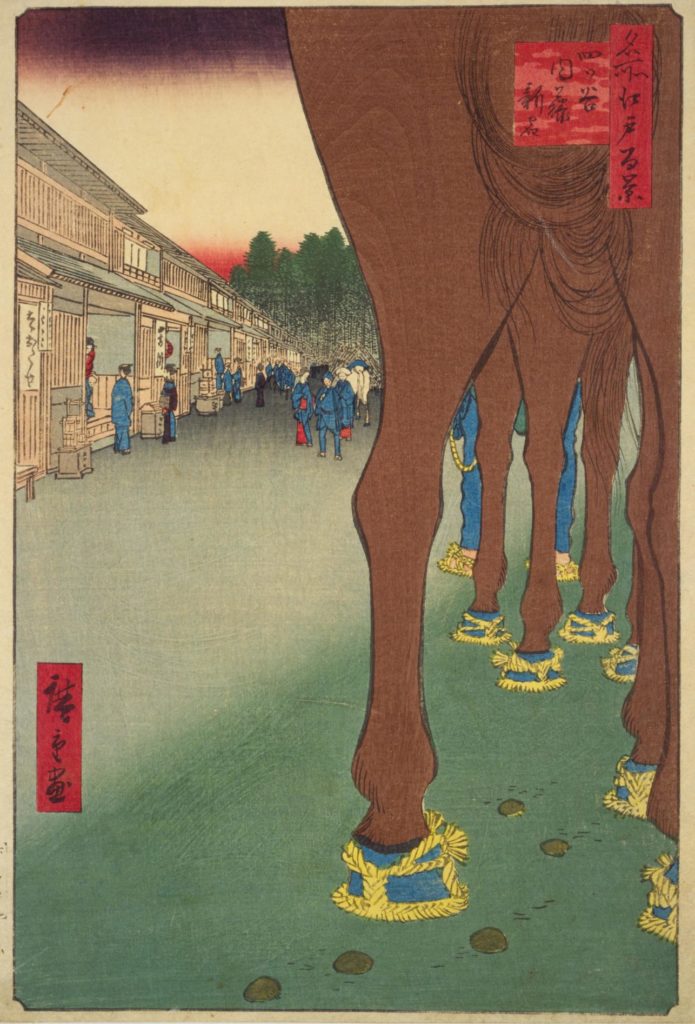
One Hundred Famous Views of Edo, Yotsuya Naito Shinjuku, Hiroshige Utagawa, National Diet Library
Cleaning The Toilet Will Bring You Luck: The Toilet God, Kanazawa Prefecture
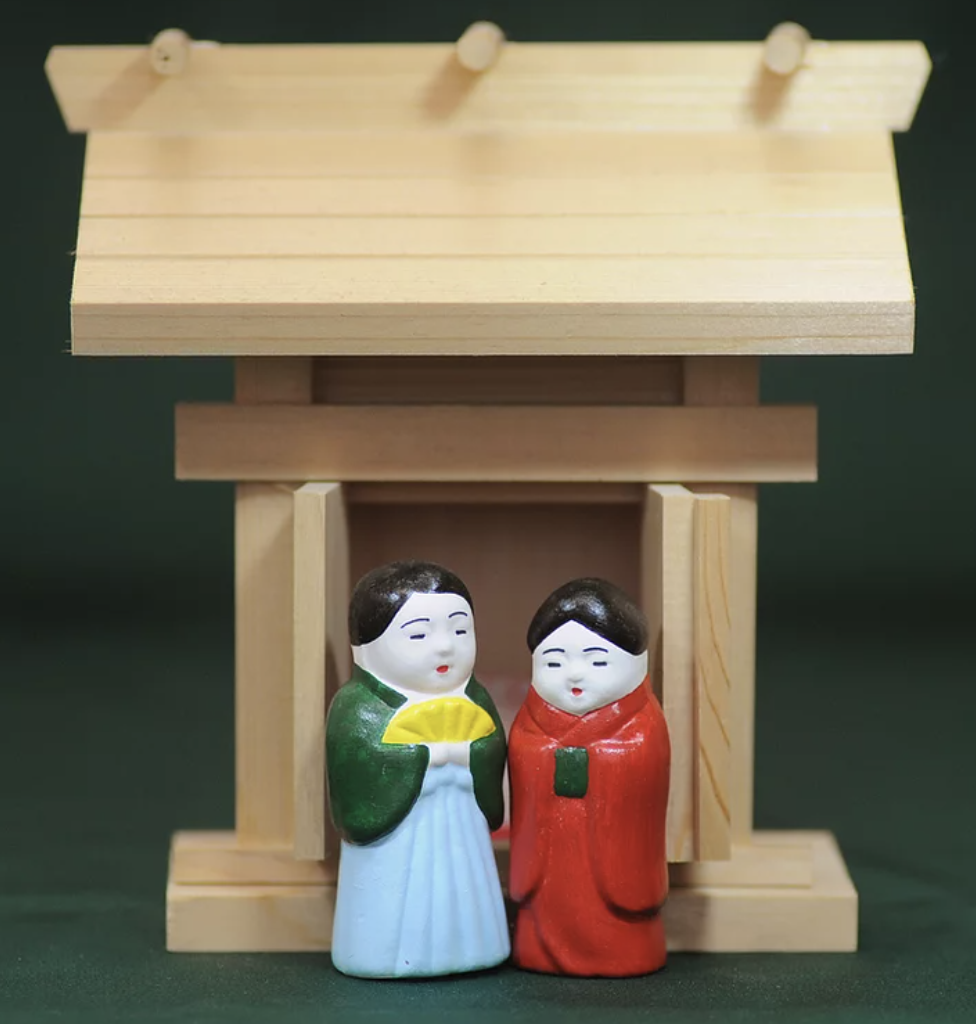
In the old days of Kanazawa, when merchant houses were built or toilets were renovated, unique mud dolls were buried underneath the toilet bowl. These dolls are called “toilet gods” created for our health. One doll is receiving urine with its right hand and and the other doll is holding stool with its left hand. Nowadays, since many people live in apartments, they place the figurines on their toilets instead of having them buried. The origin of these dolls may be why Japanese people today diligently clean their toilets every morning, even if they don’t know the story of the toilet gods!
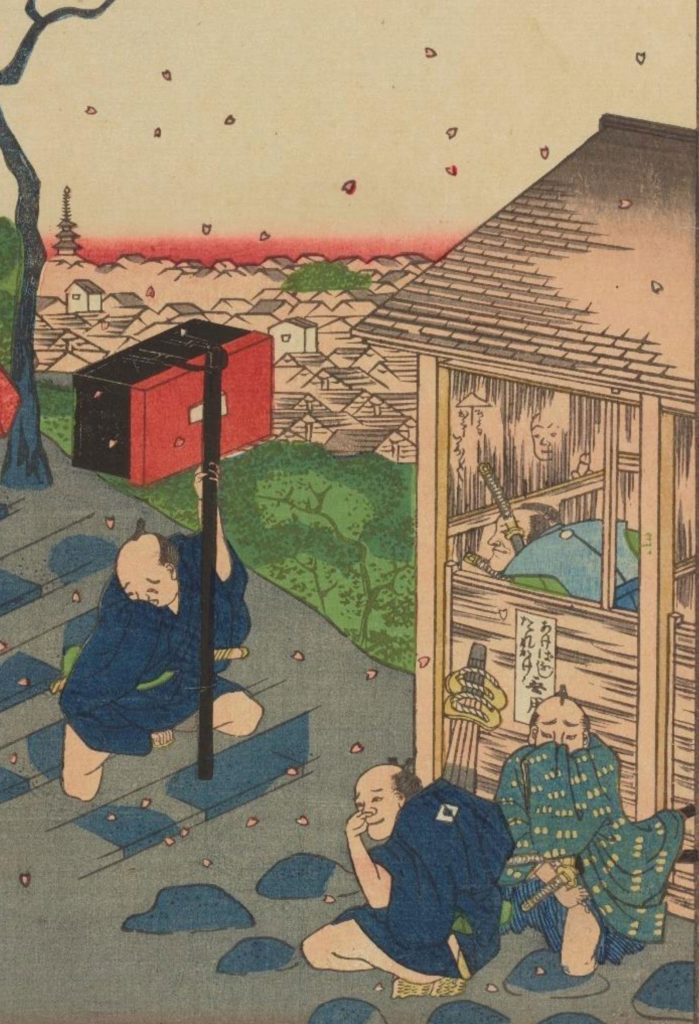
The Fairy that Protects You from Evil Spirits: Korpokur, Hokkaido Prefecture
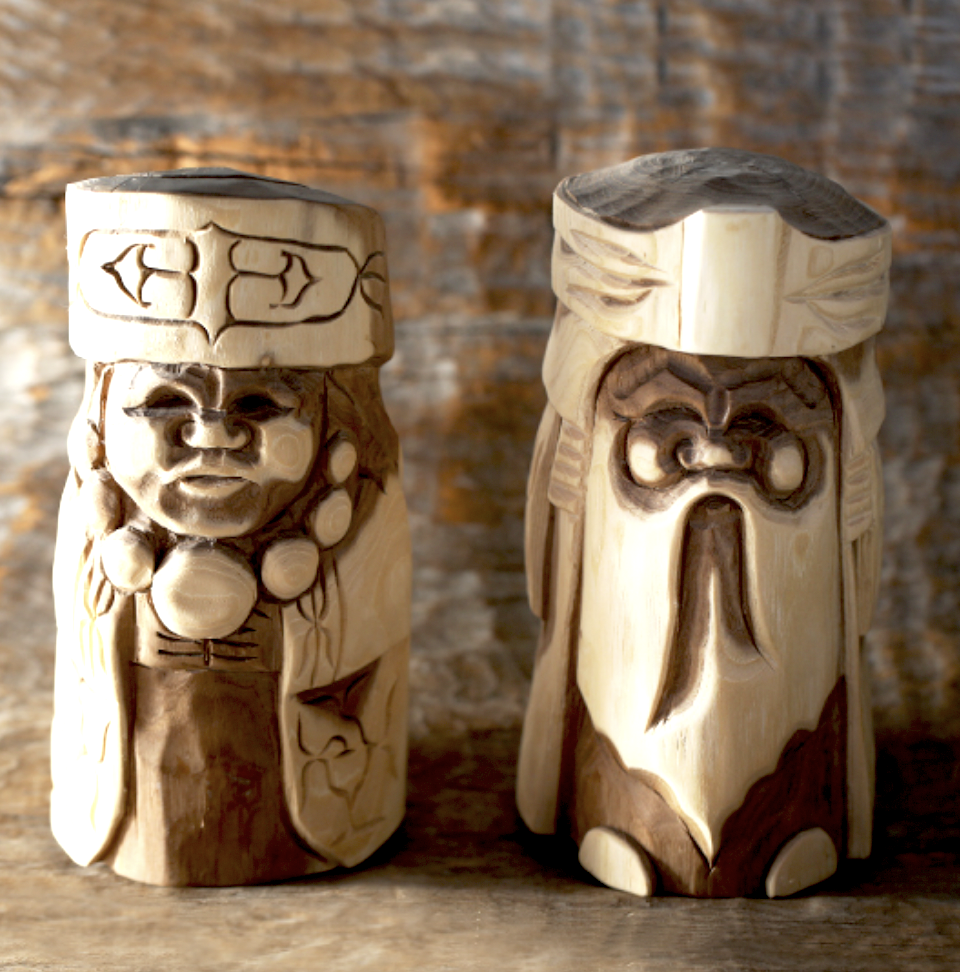
The Ainu, the indigenous people of Hokkaido around the northern part of the Japanese archipelago, has a traditional dwarf named Korpokkur. Although the dwarf is imaginary, it is widely known they live under the leaves of the Japanese butterbur fields. Using enju wood, this ornament has a beautiful white grain on the outside with a inner black core. It is said to ward off evil, bring longevity and safe childbirth delivery.
Nibutani is widely known as an area where Ainu traditions remain strong. These craftsmen in this area are famous for their woodcarvings of Korpokkur and bears. Kimono and Hanten (short coats) are embroidered with Ainu patterns.
Combined Spiritual Power of Foxes & a Kabuki Hero: Shibaraku-kitsune, Oji Inari Shrine, Tokyo

The paper fox above, called a Shibaraku-kitsune, is one of the souvenirs of a Oji Inari Shrine visit in Tokyo. Shibaraku is the name of top Kabuki story, and kitsune is a fox in Japanese. The unique amulets have their roots deep within the kabuki and the fox’s respective folklores. Japan has many foxes folktales, and sometimes they are identified with the messenger of Inari shrine.
In the late Edo period, a kabuki actor named Ichikawa Danjuro IX prayed to Oji Inari when he was started to perform the most popular Kabuki play called Shibaraku. After the show’s success, local people made the “Kabuki-fox” toy as a lucky charm. It has a functional swinging middle part of the body by moving the bamboo stick up and down in the back.
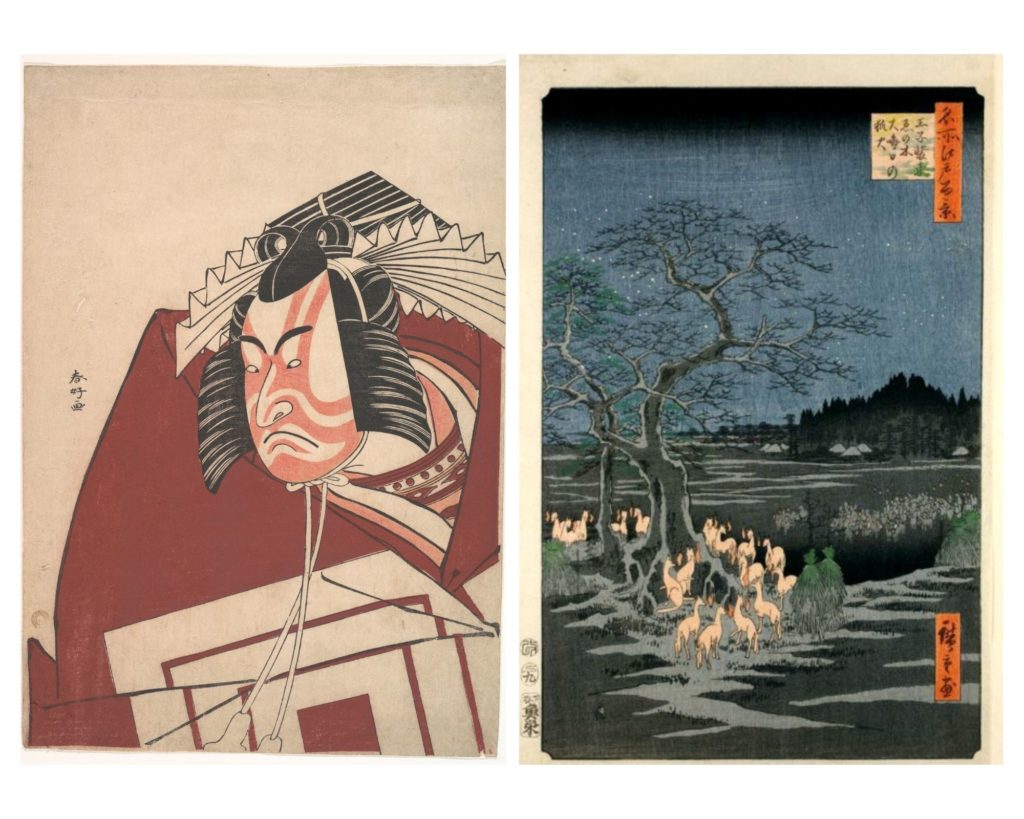
Right, On New Year’s Eve, foxes from all over the country would gather under a large tree to dress up and pay homage to the Oji Inari Shrine. 100 Views Of Edo, Fox Fires on New Year’s Eve at the Garment Nettle Tree at Oji, Utagawa Hiroshige
About the story of Shibaraku, innocent people are captured by evil people. At the critical moment when they are about to be killed, a hero appears saying, “Shibaraku (wait a moment)”, and he saves the people with his superhuman power.

Cover and the image, Unai no to mo (Book of Toys) 1891–1924, Seifu Shimizu, a researcher of local toys, and Tekiho Nishizawa, a painter are co-authors.
There are numerous lucky charms still in existence in Japan, but many of them are in danger of dying out. The reasons include a lack of successors, soaring prices of materials, and a decrease in the number of buyers. Since all charms are handmade, you may need to wait six months to a year for your order to be delivered to you. It could be said the value of traditional handcrafted products becomes greater, even in this day and age of immediate gratification of online ordering and next day delivery.
If you love this story, we would recommend you to visit the Japan Toy Museum in Hyogo. The private museum focuses on folk toys art —a world cultural heritage, which collects about 90,000 pieces from Japan, and 160 countries and regions. Discover a Japanese niche!

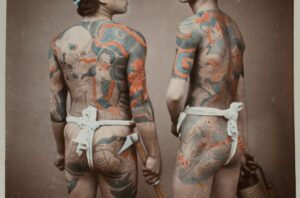

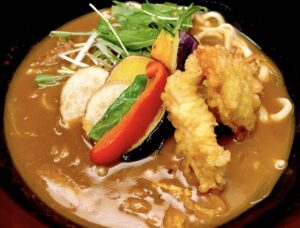



 Instagram
Instagram